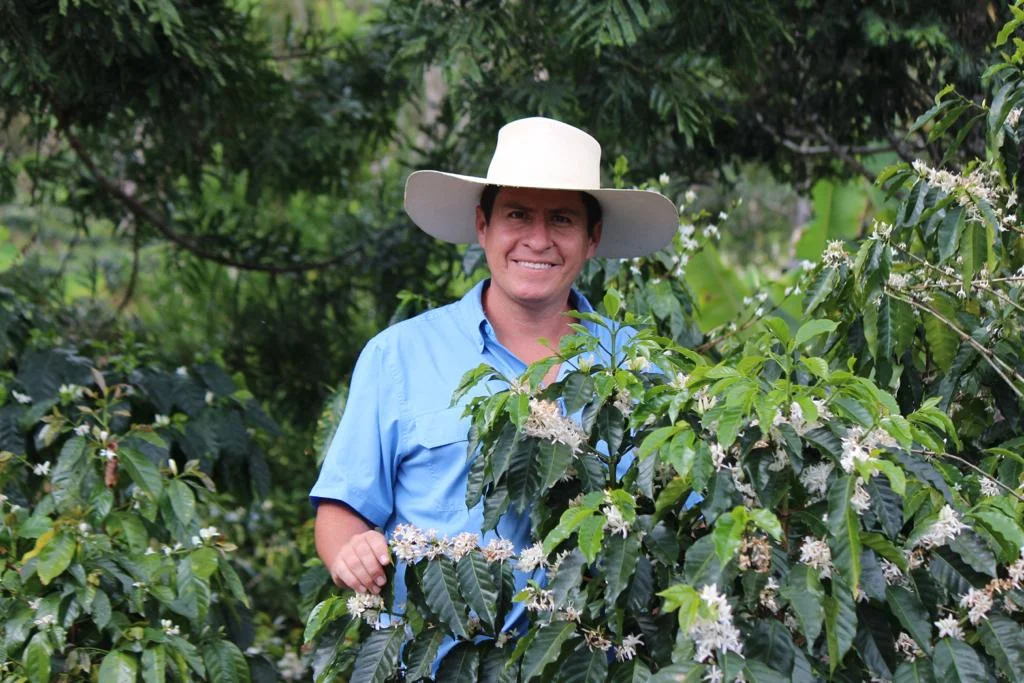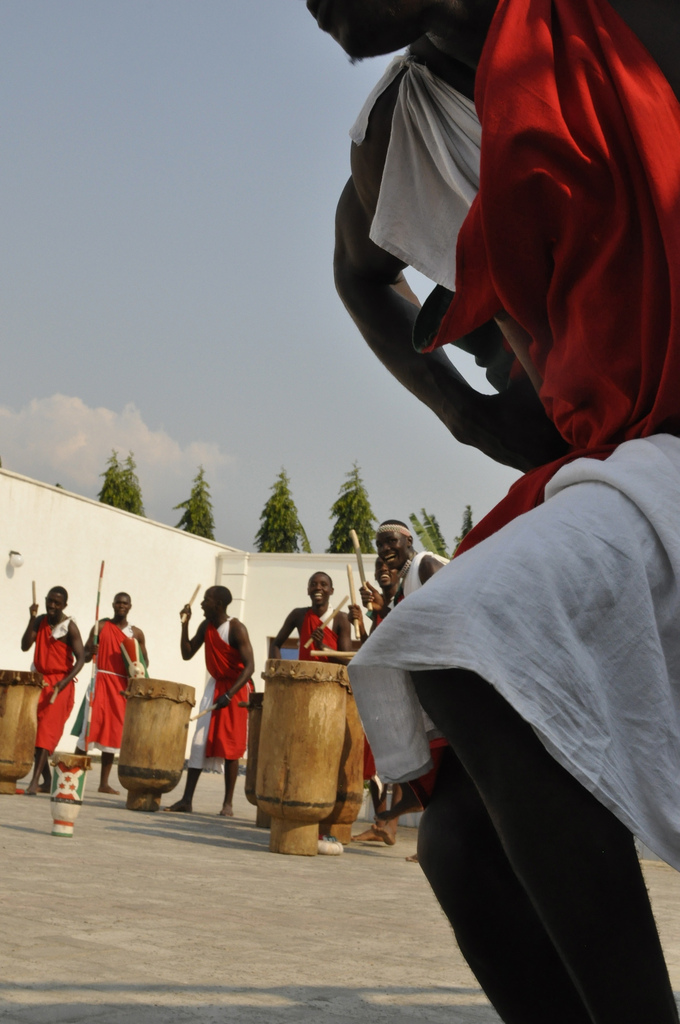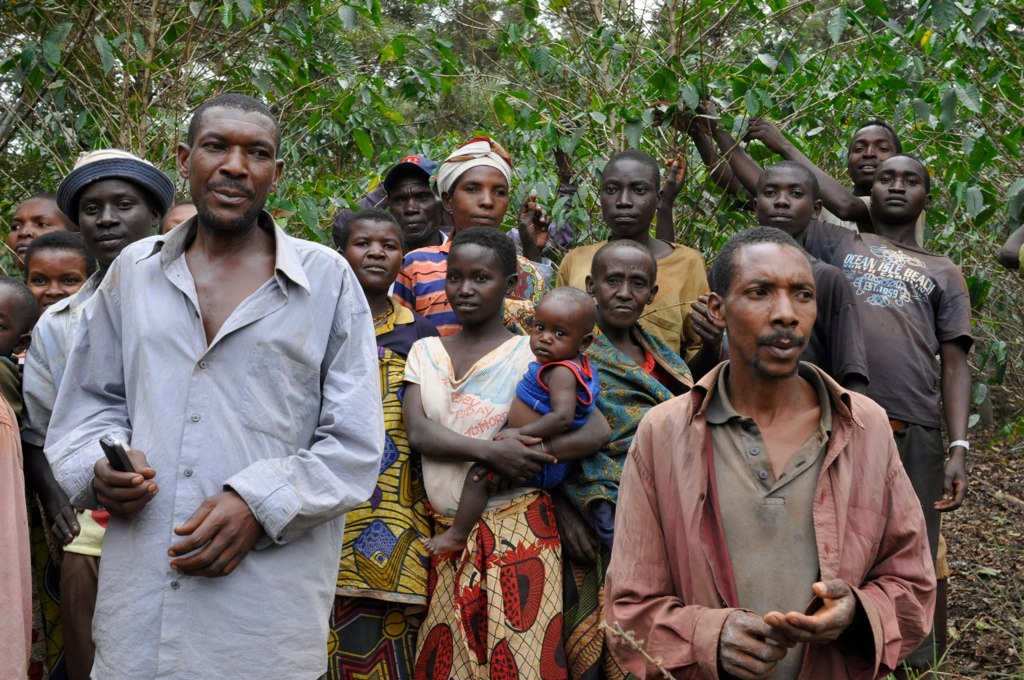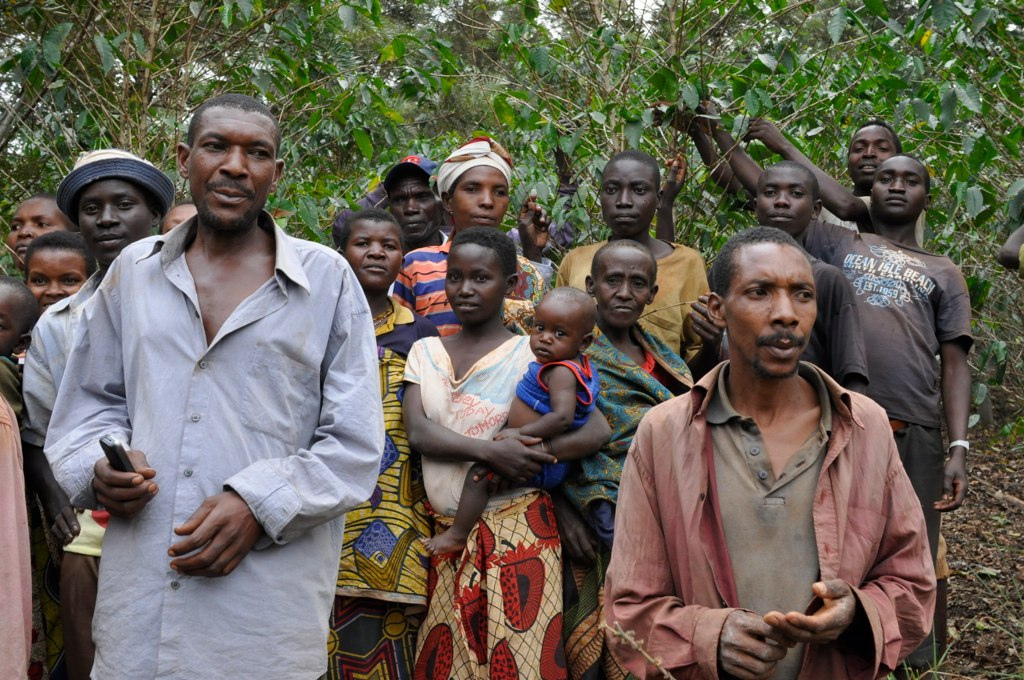Burundi is a landlocked country in Central Africa. It is bordered by the Democratic Republic of the Congo, Rwanda and Tanzania. The official languages are Kirundi and French, with pockets of Swahili (mostly in Bujumbura along Lake Tanganyika). Hilly and mountainous, Burundi boasts ideal agroecology for coffee cultivation. The country’s economy is predominantly agricultural with more than 90% of the population dependent on subsistence agriculture. Economic growth depends very heavily on coffee and tea exports, which together account for 90% of foreign exchange earnings.
Coffee is Burundi’s biggest export revenue earner, making up as high as 80% of earnings. There are 600 000 families, close to 40% of the population, involved in the coffee subsector. Since 2007, the coffee subsector was controlled by the state, with the result that all facilities (i.e. washing stations and dry mills) and exporting were coordinated by the government. Coffee has historically been of low quality, subsequently receiving low prices dependent on commodities exchange markets. However, in 2006, the government started liberalizing the subsector and began allowing privatization of coffee washing stations (CWS) and dry mills.
In 2007 USAID started funding a five-year program – Burundi Agribusiness Program – aimed at reforming the horticulture, dairy and coffee subsectors. Within the coffee subsector, part of BAP’s mandate is to expand grower access into high quality specialty markets.
Burundi Agribusiness Program
BAP’s purpose is to encourage, “Activities focus[ing] on strengthening trade knowledge and the skills of producers and processors. Technical guidance and material support are being provided to enable producer organizations… To enhance product competitiveness, producers and entrepreneurs are provided with the opportunity to increase their knowledge of market standards”.
In practice this means a lot of things. BAP programs focus on everything from agricultural best practice, to obtaining certifications, to coordinating the Cup of Excellence (COE) program, to marketing and promotions. Amongst some of the more relevant and interesting programs to coffee quality are: pest management, fertilization, nursery production, plantation maintenance, composting, processing techniques and cupping training.
These programs, particularly the agricultural best practice ones, have been methodically implemented, assessed and tested. For example, control and treatment plots within individual farms with different types of compost: organic (manure, coffee pulp, and food waste from other crops) vs. chemical fertilizers. Farmers who piloted organic compost fertilization have noticed visibly greener, healthier looking, more robust plants. For cupper training, seven trainer cuppers have obtained Q-Grade certification and received consultation from Alliance for Coffee Excellence (ACE)/Cup of Excellence (COE) prior to the 2011 Prestige Cup; precursor to the first Cup of Excellence in Burundi, hosted in 2012.
Coffee professionals within Burundi are beginning to understand the link between being able to identify quality through cupping with receiving direct trade sales from buyers of high quality specialty coffee. Though the Burundian cuppers base is currently small, there is growing support for cupping training programs.
Prior to the start of BAP, nation-wide infrastructure assessment, pilot projects and planning reports were compiled to ensure the coffee sub-sector's reformation was as targeted and efficient as possible. Based on these initial assessments, three regions/SOGESTALs were identified as already producing the best quality coffee and have the best infrastructure already in place. These regions are Kayanza, Ngozi and Kirundo-Muyinga. Together with coffee buyers, the former government-run Office du Café de Burundi/Coffee Board (OCIBU) decided to focus on these SOGESTALs for pilot projects aimed at determining how to best target BAP activities. Kayanza, Ngozi and Kirundo-Muyinga were chosen as “model” regions based on the following 16 criteria, with elevation, water quality, and distance to a paved road as the most heavily weighted criteria:
- elevation of CWS
- number of producers
- annual production (5 year average)
- water system (gravity fed or pump)
- source of water (spring or river)
- system for controlling waste water (drainage or recycled)
- percent of production from Arabica varieties
- flotation tanks (presence and number)
- warehouse facilities at CWS
- condition of depulpers and other mechanical equipment
- condition of tanks and channels
- average distance travelled by producers (km)
- distance to one of the smaller dry mills
- distance from paved road
- quality of management
- SOGESTAL’s overall assessment of coffee quality based on cupping competitions and other.
Burundi Agribusiness Program’s Coffee Team
Emile Kamwenubusa – Coffee Value Chain Manager
As value chain manager, Emile oversees improvement in production, productivity and quality from grower to exporter. He works with coffee actors at all levels with the overarching aim of linking quality in the field to quality in the cup. In addition, Emile works with growers, cooperatives and certification bodies to obtain certification and also helps develop new grower cooperatives.
Tharcisse Niyungeko – Coffee Quality Specialist
In his position as quality specialist, Tharcisse is BAP’s expert in all things cupping and best practice during harvest season. He works with growers on ensuring ripe cherry selection and consults during the processing stages. As a cupping specialist, Tharcisse organizes and runs cupping programs for growers, dry and wet mill technicians and students pursuing a career in coffee.
Lyse Ndabambalire – Coffee Promotion and Marketing Specialist
When travelling to Burundi, you will almost certainly have met or will meet Lyse. She organizes buying trips and national/international coffee events and is representative for Burundian coffee at international exhibits and events. Lyse is the woman linking Burundian coffee professionals with international buyers. She also oversees media and promotions of Burundi’s specialty coffee industry.
[gigya src="http://www.flickr.com/apps/slideshow/show.swf?v=71649" width="700" flashvars="offsite=true&lang=en-us&page_show_url=/photos/kaffa1/sets/72157631279228920/show/&page_show_back_url=/photos/kaffa1/sets/72157631279228920/&set_id=72157631279228920&jump_to=" allowFullScreen="true" ]
Le Carnaval du Café
We are excited and proud to announce that Emile will be joining us in Paris for Le Carnaval du Café! Emile will bring his experience and Burundi's unique perspective on how coffee quality is related to varietal and processing. His additions to Le Carnaval's programme will ensure richer dialogue and more vibrant discussions and debate and we now have the opportunity to compare not two, but three origin countries' contributions to the coffee craft. For more details and to reserve a coveted spot to the first-of-its-kind event, visit Le Carnaval's website here.





















